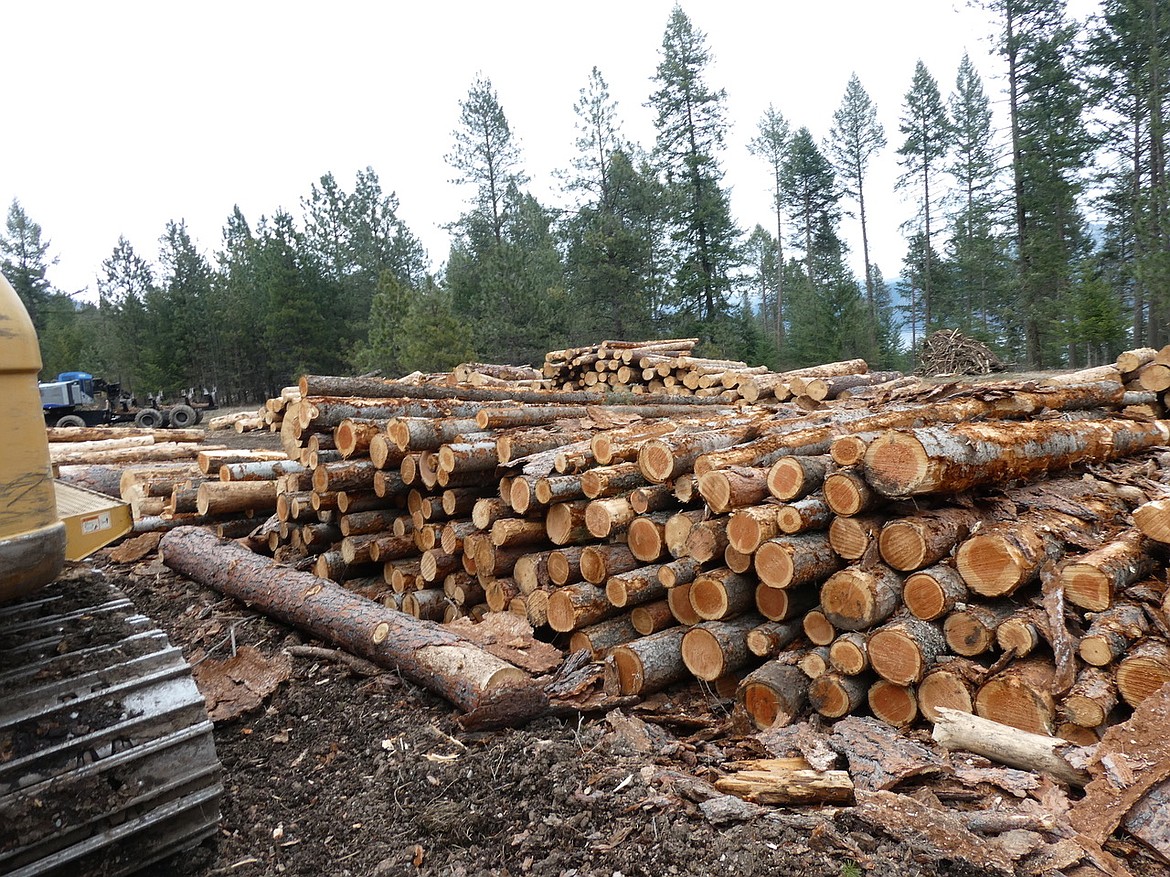Farragut focus of logging concerns
Logging at Farragut State Park isn't new to some frequent visitors, who worry it will only get worse.
In 2016, Idaho Fish and Game attempted to preserve Farragut's white pine forest areas by logging 70 acres of the 4,000-acre forest for open space that would allow species to re-establish...
Become a Subscriber!
You have read all of your free articles this month. Select a plan below to start your subscription today.
Already a subscriber? Login




